Real • Unique NMN 12000mg™ Youth Fountain
Stock: Available
$276.00
Stock: Available
Real House Canada is the first pharmaceutical R&D team in Canada to develop a unique formula of NMN combined with a variety of important anti-aging factors in the human body to launch this highly effective Real • Unique NMN 1,2000mg™ – Youth Fountain product. Our unique formula not only includes a high dose of NMN and an effective ratio of NADH, but also adds active ingredients: Nicotinamide, Glutamine, and Pterostilbene to formulate a superior product that aims to optimize the function of human cells and try hard to slow down the aging process in humans.
Mitochondria are our cell’s energy dynamos. NMN is the precursor of (NAD+) and NADH biosynthesis. Both NAD+ and NADH are the main coenzymes of the redox reaction system in the process of cell metabolism to produce the energy required by the mitochondria to allow the body to function normally and actively. NAD+ (nicotinamide adenine nucleotide) is a molecule (coenzyme) present in all living cells and is essential for regulating cellular aging and maintaining normal body function. Over time, NAD+ levels in humans and animals decrease significantly. “NAD+ is the closest we’ve gotten to a fountain of youth,“ says Dr. David Sinclair, co-director of the Paul F. Glenn Center for the Biology of Aging at Harvard Medical School, “It’s one of the most important molecules for life to exist, and without it, you’re dead in 30 seconds.” In a study published in the journal Science in March 2017, Dr. Sinclair and his research team added NMN, a compound known to increase NAD+ levels, into the water fed to a group of mice. As a result, the NAD+ level of these aged mice has significantly increased making them look and behave younger and lived longer than expected.
Place of Production: Canada
Size: 60 vegetable capsules per bottle
Shelf Life: Three Years. The product is safe to use for three years but for the best effect, the product should be consumed as soon as possible after opening. Typically, our customers finish this product in 1-3 months after opening.
Recommended Dose: Adults: 19 years and older : 2 capsules, 1 time per day.
Recommended duration of use: Consult a health care practitioner for use beyond 8 weeks
Recommended Use: Nicotinamide helps in energy metabolism and tissue formation. Nicotinamide helps normal growth and development to maintain the body’s ability to metabolize nutrients. Source of antioxidants.
Supplement Facts(Each vegetable capsule contains)
| Medicinal Ingredients | Potency |
| NMN (3-(Aminocarbonyl)-1-(5-O-phosphonate-beta-D-ribofuranosyl)pyridinium, Nicotinamide mononucleotide) | 200 mg |
| Nicotinamide (3-Pyridinecarboxamide, Niacinamide) | 50 mg |
| Glutamine (L-Glutamine) | 100mg |
| Pterostilbene (4’-Hydroxy-3,5-dimethoxystilbene) | 50 mg |
| NADH (1,4-Dihydronicotinamide adenine dinucleotide) | 10 mg |
Non-medicinal ingredients: Microcrystalline cellulose, Hypromellose
Major Ingredients and Functions:
NMN (Nicotinamide mononucleotide)
Nicotinamide mononucleotide (NMN) is a derivative of the B-vitamin niacin that dramatically improves health and longevity by serving as a precursor to NAD+, a compound that plays a crucial role in energy production, metabolism, and gene expression in the body. NAD+ acts as a coenzyme and as a substrate for multiple signal reactions, participating in hundreds of reactions in the human cells. When we boost NMN levels in the body, we can enhance the biosynthesis of NAD+ and alleviate symptoms associated with the depletion of this crucial nutrient.
*ONE OF THE PATHWAYS TO YOUTH FROM NMN

Scientific Researches:
- In 2013, David Sinclair posted on CELL: One week after using NMN to improve NAD, a 22-month-old mouse (equivalent to a 60-year-old human) is significantly different than before with similar levels of mitochondrial, homeostasis, muscle health, and other key indicators as a 6-month-old mouse (equivalent to a 20-year-old human).
- A 2016 study by Professor David Sinclair of Harvard Medical School found that mice equivalent to 70 years of age returned to the 20-year-old stage after taking NMN for a week, and their lifespan was extended by 20%.
- In a journal published in 2016, scientists from the University of Washington School of Medicine pointed out that after the mice ingesting drinking water dissolved with NMN, the concentration of NMN in the blood gradually increased within 10 minutes, and within 30 minutes, NMN entered multiple tissues with blood circulation and synthesized NAD+ in the tissues to increase the body’s NAD+ level.
- Researches on NMN’s improvement of aging indicators has been supported by almost all scientific journals. Studies published on “Nature”, “Science”, “Cell”, and many other journals have confirmed the role of NMN in neurodegenerative conditions (dementia, ALS, and Parkinson’s disease), cardiovascular, hearing, and vision. Three of the researchers of NAD have received Nobel prizes.
- Because of the ability of NMN in repairing DNA damaged by space radiation and restoring skeletal muscle loss under gravity, NASA awarded the leader of NMN research, Professor David Sinclair, twice in 2016 and 2018. Professor David Sinclair himself was awarded the Australian Medal and became one of 50 Health authorities on “Times” in 2018 for his contribution to the anti-aging field.
- Immortality has always been the dream of mankind. According to the “Halflik limit” of telomerase theory, human life expectancy is 120 years old, and the average life expectancy of developed countries in 2018 is 80 years old. NMN is gradually increasing the average life span of human beings by 20%.
Clinical Trials:
- In 2016, Imai Ichiro teamed up with Keio University in Japan to carry out the world’s first clinal trial on NMN, in which 10 40 to 60-year-old healthy male testers ingested different dosages of NMN. The safety of NMN intake and its absorption in the human body is physiologically confirmed through blood tests and more. Imai Ichiro did not disclose the results of the test but said that any possible side effects of NMN on the human body should be carefully observed.
- Keio University conducted a phase II clinical trial of NMN ingestion as early as 2017 after completing the phase I clinical trial; the University of Washington is studying the effects of NMN on glucose metabolism. Metrobio Study’s phase I clinical trial has ended, and the second phase is in progress.

Nicotinamide (3-Pyridinecarboxamide, Niacinamide)
Niacinamide (aka nicotinamide) is derived from niacin. The body has the ability to convert niacin to niacinamide. However, there are some critical differences between these two vitamin B3 components. Niacinamide can also be made by our body from an amino acid known as tryptophan. High niacin doses can cause flushing, which is a condition that causes blood vessels to widen. This makes the capillaries under the skin expand to allow more blood to flow, causing the skin to become red and itchy. Niacinamide does not have the effect of skin flushing, and that is why it is preferred over niacin in the treatment of pellagra. Some niacin is converted to niacinamide, and some niacinamide is converted to a compound called NAD. Directly taking niacinamide helps “shortening” the pathway, hence speeding up the process.
Nicotinamide, a form of vitamin B3, is a critically important part of the structures of NADH and NAD+, where the N-substituted aromatic ring in the oxidized NAD+ form undergoes reduction with hydride attack to form NADH. It is preferred for pellagra, caused by niacin deficiency. While niacin may be used, nicotinamide has the benefit of not causing skin flushing. Nicotinamide is on the World Health Organization’s List of Essential Medicines, the safest and most effective medicines needed in a health system.
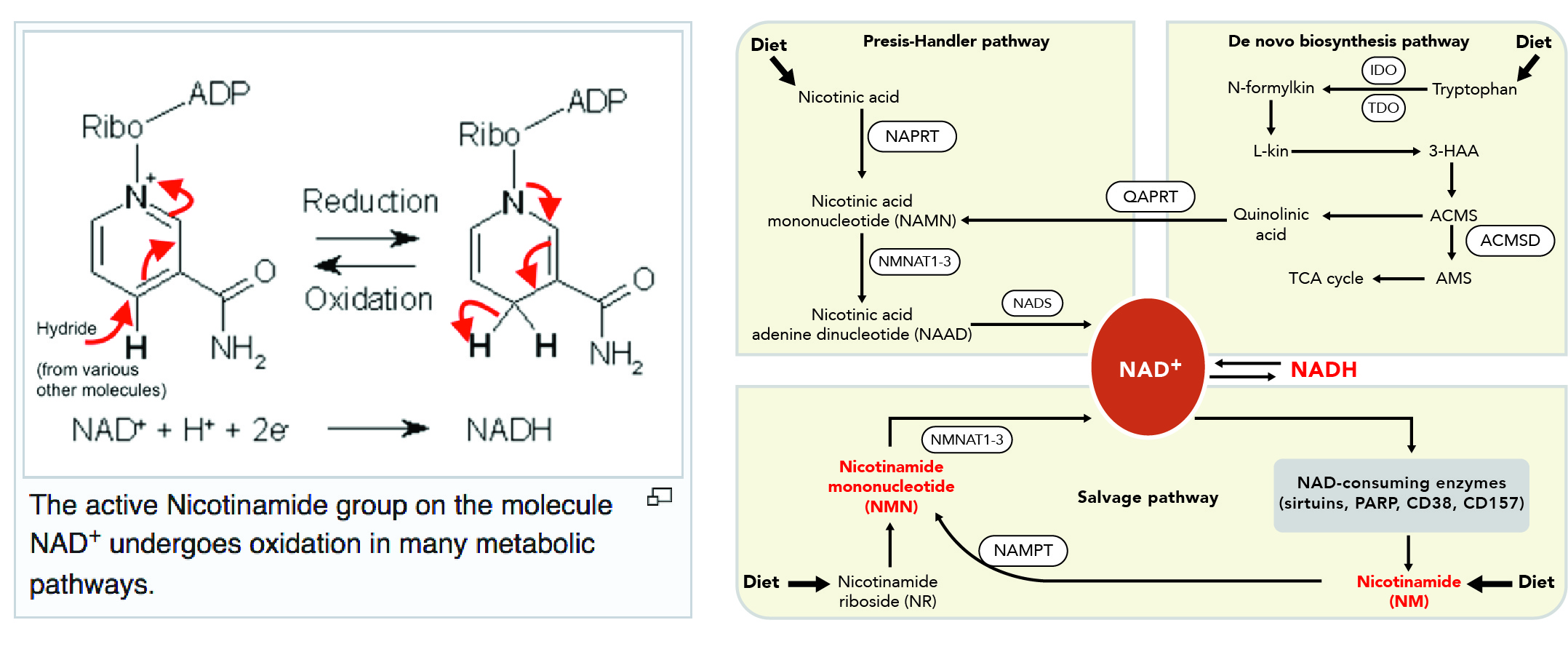
Glutamine (L-Clutamide)
The mechanism by which glutamine supports cell proliferation and regulates cell cycle dynamics includes its regulation of DNA and protein biosynthesis rates. Glutamine is routinely added to the cell culture medium, and its importance for cell growth has been determined.
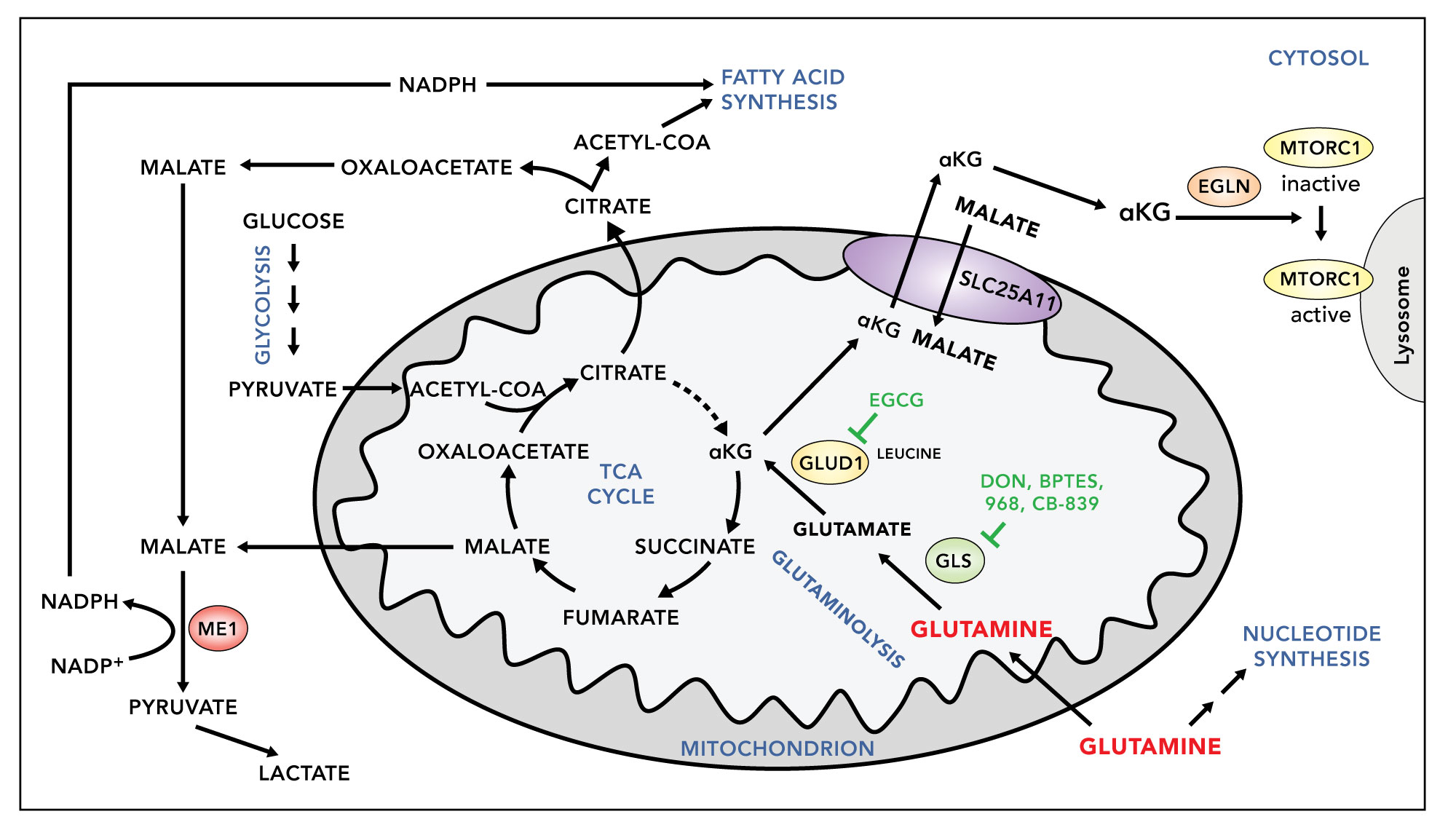
Oxidative stress is characterized by an imbalance between the production and elimination of cellular oxidants, which damage the basic components of cells (including proteins, lipids, and DNA), interfere with homeostasis, and lead to various adverse consequences (Schieber and Chandel, 2014; Wu and Ni, 2015). Reactive oxygen species (ROS), a marker of oxidative stress, is mainly produced in the mitochondrial electron transport chain during cell metabolism and plays important role in cell biological behaviors, such as proliferation and apoptosis (Cameron et al., 2019). Recent studies showed that ROS increases the pyroptosis of VEC that contributes to VEC dysfunction and progression (Wu et al., 2018; Zhaolin et al., 2019). Lowering oxidative stress injury induced by ROS is considered a promising therapy to inhibit the progression of As (Burtenshaw et al., 2019).
GSH is a major endogenous cellular antioxidant that plays an important role in cellular responses to oxidative stress by neutralizing free radicals and ROS. Glutamine produces GSH and GSSG “buffers” of oxidative stress (Ballatori et al., 2009). Decreasing glutaminase and consequently inhibiting glutamine production can down-regulate this important antioxidant pathway, leading to high ROS levels and toxic effects on cells (Abu et al., 2017). Glutamine starvation has been reported to deplete endogenous levels of the antioxidant GSH, promote oxidative stress in HuH-7 cells, and induce apoptosis (Yang et al., 1998). ECS is highly susceptible to ROS-induced damage because of glutamine consumption (Huang et al., 2017). In addition, glutamine-starved ECs are more sensitive to ROS-induced cell death (Huang et al., 2017). Similarly, glutamine-depleted ECs show a tendency to decrease the overall level of GSH (Huang et al., 2017). Thus, glutamine supplementation lowers mitochondrial ROS formation and apoptosis induced by high glucose and hypoxia re-oxygenation by decreasing oxidative stress and inactivating intrinsic apoptosis pathways. This process is mainly dependent on enhanced GSH synthesis (Li et al., 2015).
Pterostilbene (4′-Hydroxy-3, 5-demethoxystilbene)
Animal studies have found that Pterostilbene, as a strong antioxidant, is absorbed by human blood four times higher than resveratrol. Its utilization rate of biological activity in the human body is 80%, while that of resveratrol is only 20%. According to research, Pterostilbene is the protective cap of the telomere at the end of the DNA chain. As we age, telomeres will naturally start to break down, and Pterostilbene can enhance the enzymes that protect telomeres.
NADH (Nicotinamide adenine dinucleotide (NAD) + Hydrogen (H))
NADH is made in your body from niacin, a type of B vitamin. At various chemical reactions, the NAD+ picks up an electron from glucose, at which point it becomes NADH. Then NADH, along with another molecule flavin adenine dinucleotide (FADH2) will ultimately transport the electrons to the mitochondria, where the cell can harvest energy stored in the electrons. The amount of NADH is directly related to the amount of ATP produced. The more NADH each cell has, the more energy it produces. Organs that require more energy have (or require) more NADH.
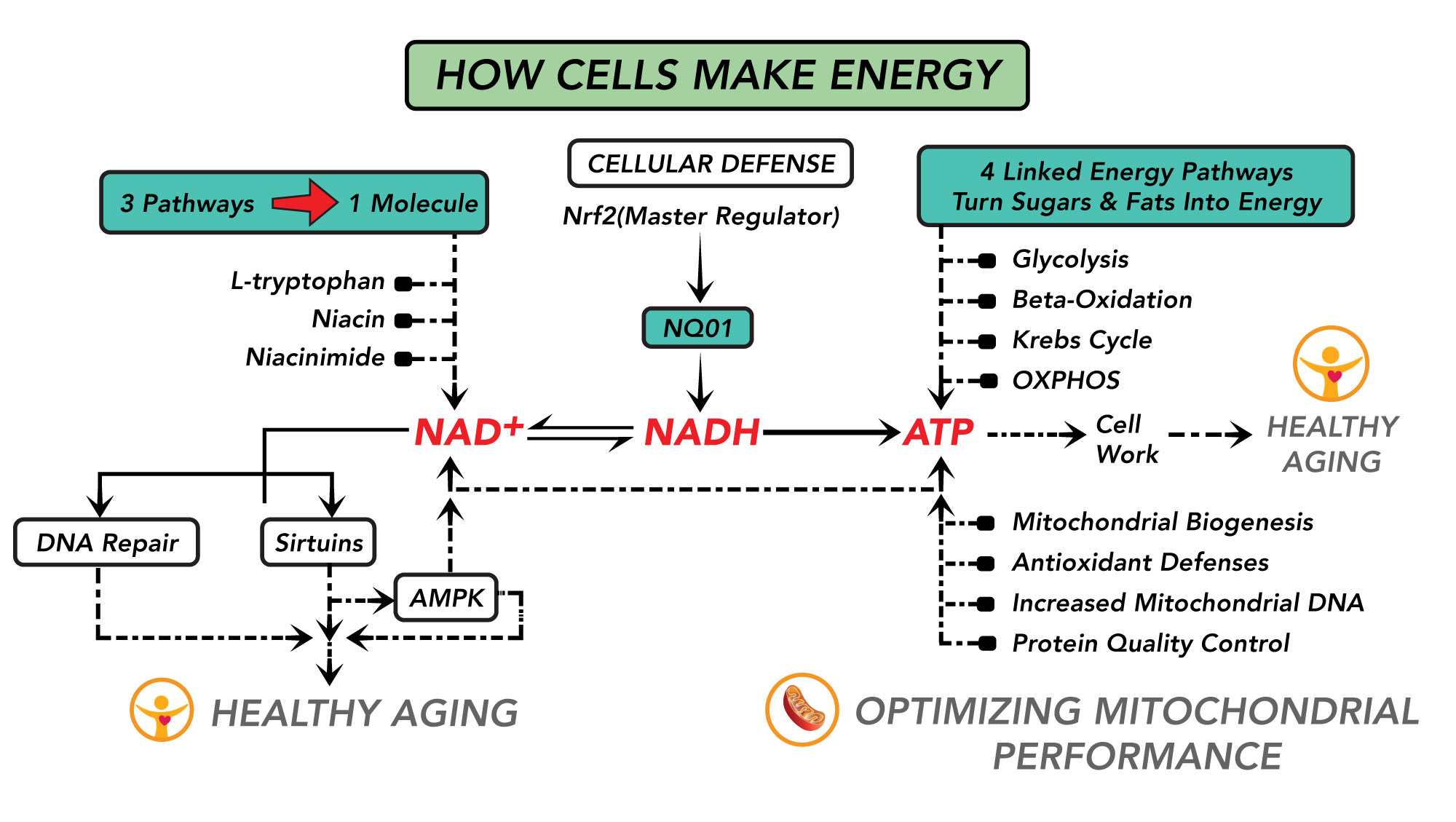
In metabolism, NAD facilitates redox reactions, carrying electrons from one reaction to another. This means that NAD is found in two forms in the cell; NAD+ is an oxidizing agent that takes electrons from other molecules in order to become its reduced form, NADH. NADH can then become a reducing agent that donates the electrons it carries. The transfer of electrons is one of the main functions of NAD, though it also performs other cellular processes, including acting as a substrate for enzymes that add or remove chemical groups from proteins in post-translational modifications.
NAD+ and NADH is the cell of a pair of REDOX, NADH is a reductive form of coenzyme NAD 1, NAD+ is the oxide forms in REDOX reaction, NADH as hydrogen and electron donor, NAD+ as a hydrogen and electron acceptor, involved in alcohol metabolism and other physiological respiration photosynthesis process them as in many REDOX reactions of coenzyme body to participate in the activities of life, and into each other. In the absence of oxygen, glucose metabolism produces very little ATP. Under aerobic conditions, NADH or FADH2 produced by glycolysis and the tricarboxylic acid cycle can produce a large amount of ATP by the oxidative phosphoric acid reaction.

Caution and Warnings:
1) If you are pregnant, nursing, taking any medications, or have any medical condition (such as gout or hypotension or diabetes), consult your doctor before use.
2) If any adverse reaction occurs, immediately stop using this product and consult your doctor.
3) Stop use and consult a health care practitioner if you show signs of weakness, oral ulcers, or abdominal pain accompanied by severe muscle pain.
4) Some people may experience gastrointestinal upset and/or diarrhoea.
5) Store protected from light and moisture.
6) Do not use if the safety seal is damaged or missing.
7) Store away from children.
Disclaimer: Information on this website has been obtained from secondary sources which are intended to provide general summary information only. These sources are believed to be reliable. Real House does not assume any liability for the accuracy, usefulness, completeness, currency, and adequacy of the information and should not substitute for a medical consultation. Our products are not intended to diagnose, treat, or cure any disease. Individual results may vary.
| Weight | 0.45 lbs |
|---|---|
| Dimensions | 6.35 × 6.35 × 12.065 cm |
Only logged in customers who have purchased this product may leave a review.
Related Products
-
Real • Unique Formula® Prostate Care
$33.74After years of research and studying in Canada, Real House is proud to present our Real • Prostate Care from our line of Targeted Health Boosters. It aims to protect men from experiencing prostate problems in the future as approximately 50 percent of men will have an enlarged prostate past the age of 50 . It also aims to help…
-
Real • Unique Formula® Beauty Eternity 40+
$34.49NOURISHING & REVITALIZING CAPSULES Is menopause dragging you down? Traditionally, women incur a lot of uncomfortable sufferings in their late forties and early fifties due to menopause. Some women may experience hot flashes, mood swings, and other unwanted symptoms. After years of research, Real House Canada proudly presents the unique formula of Real Beauty Eternity, another product in our Beauty…

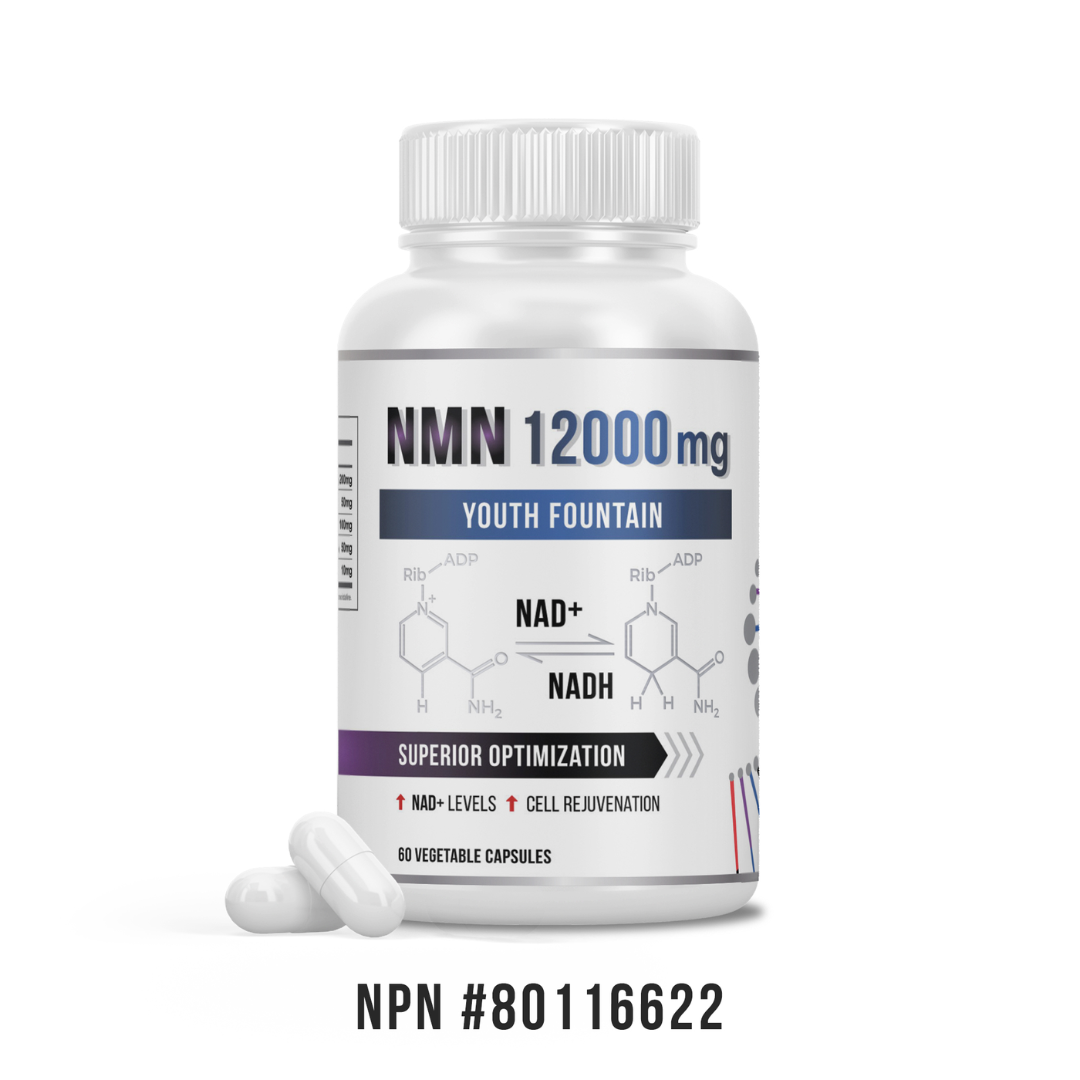
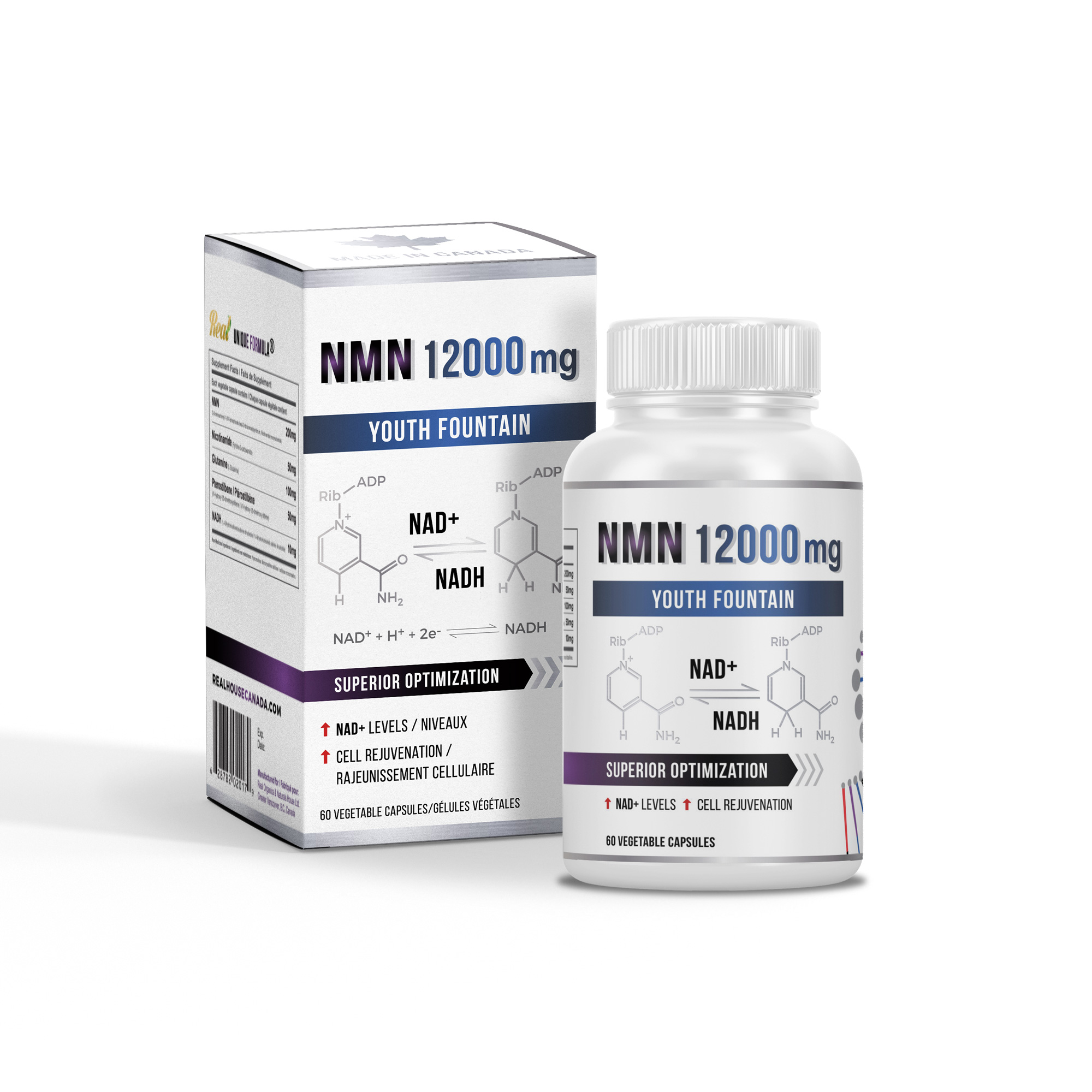
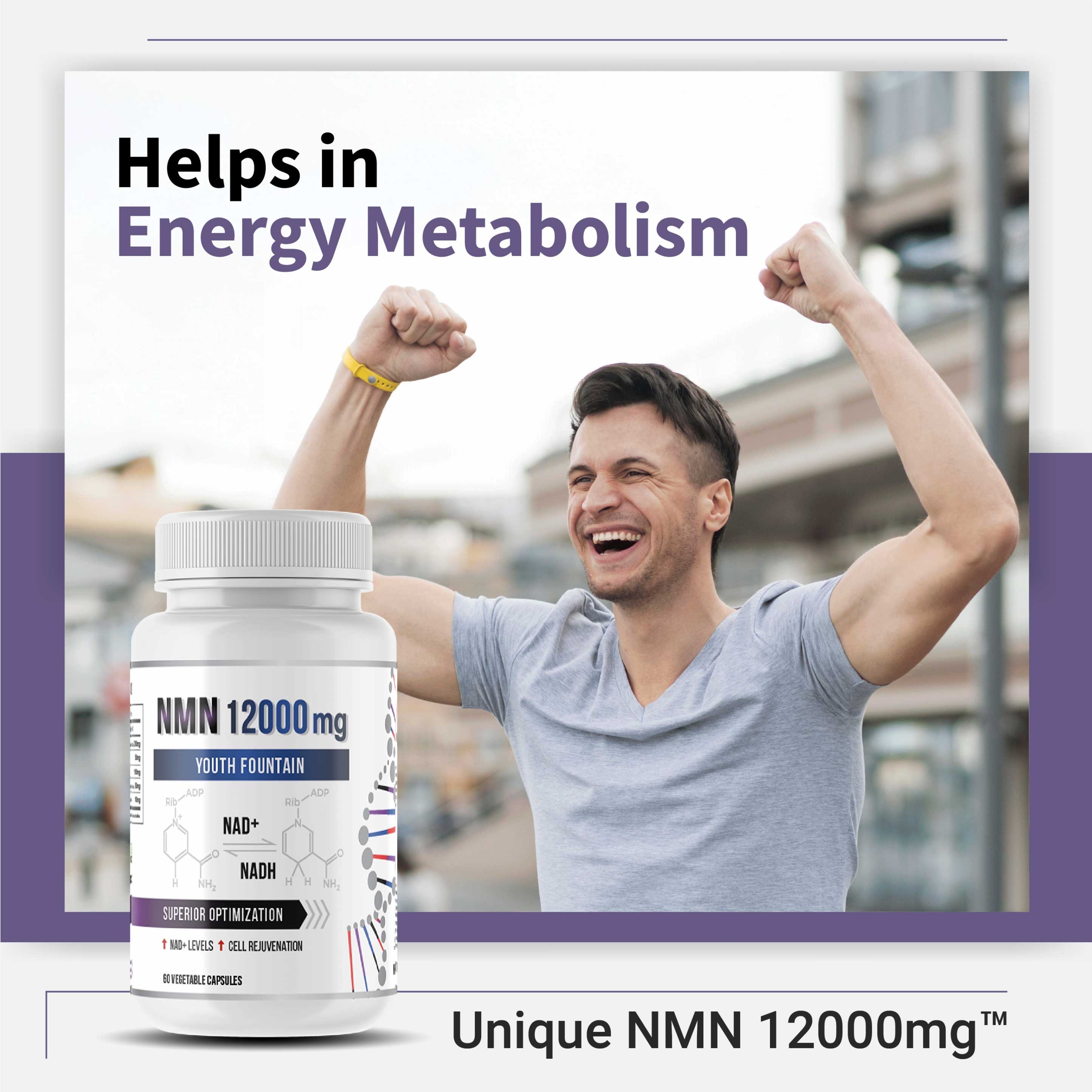
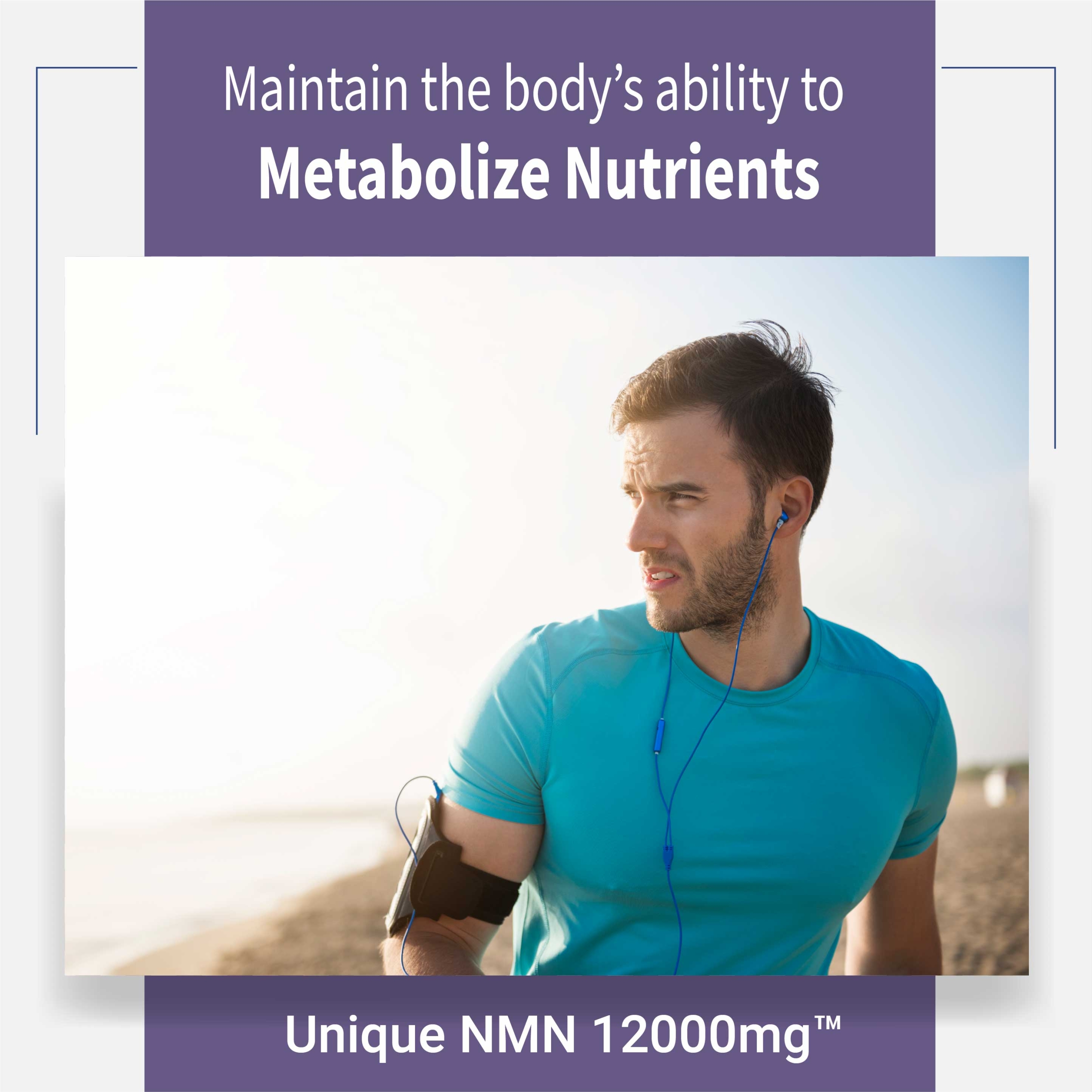
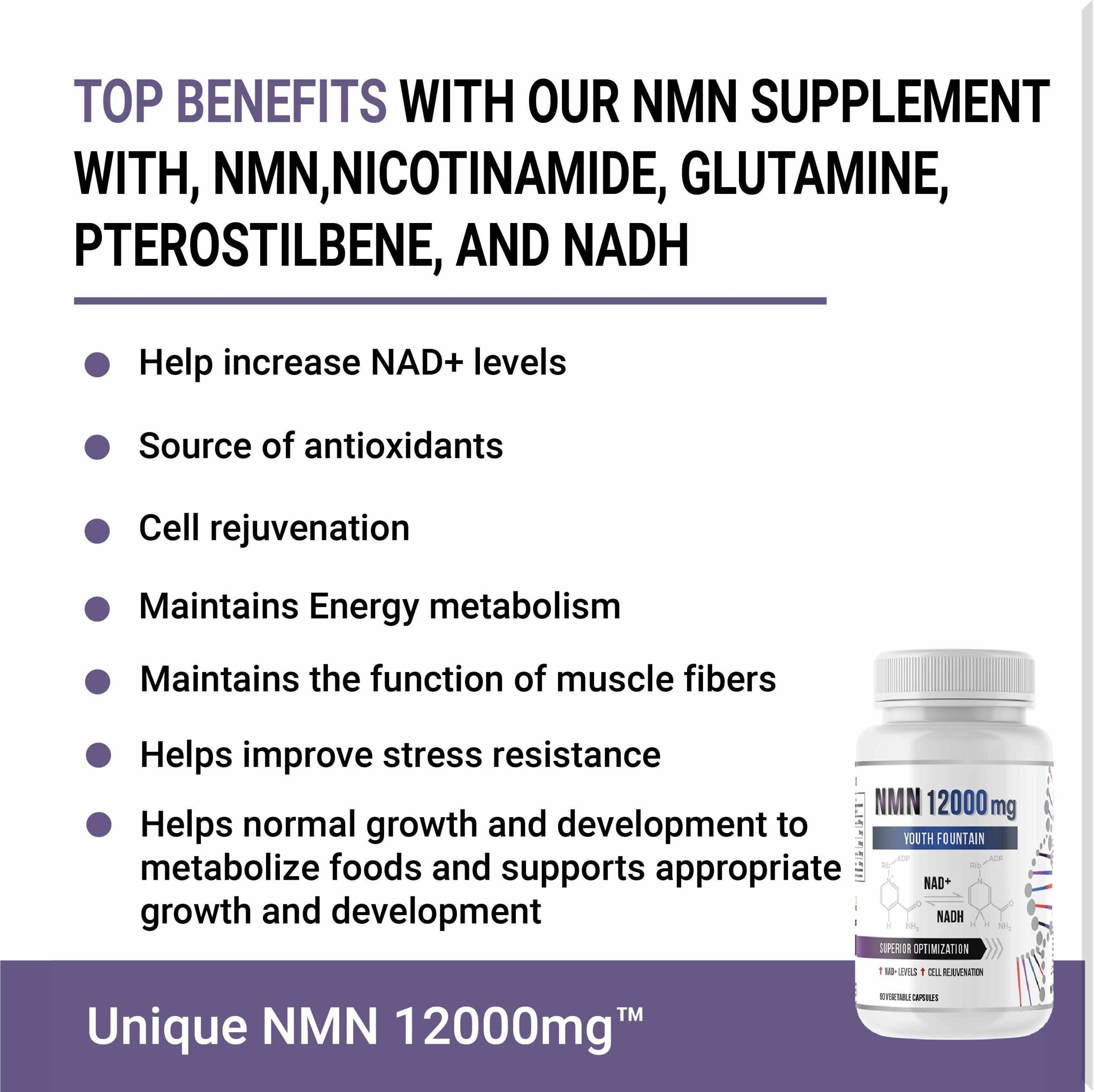
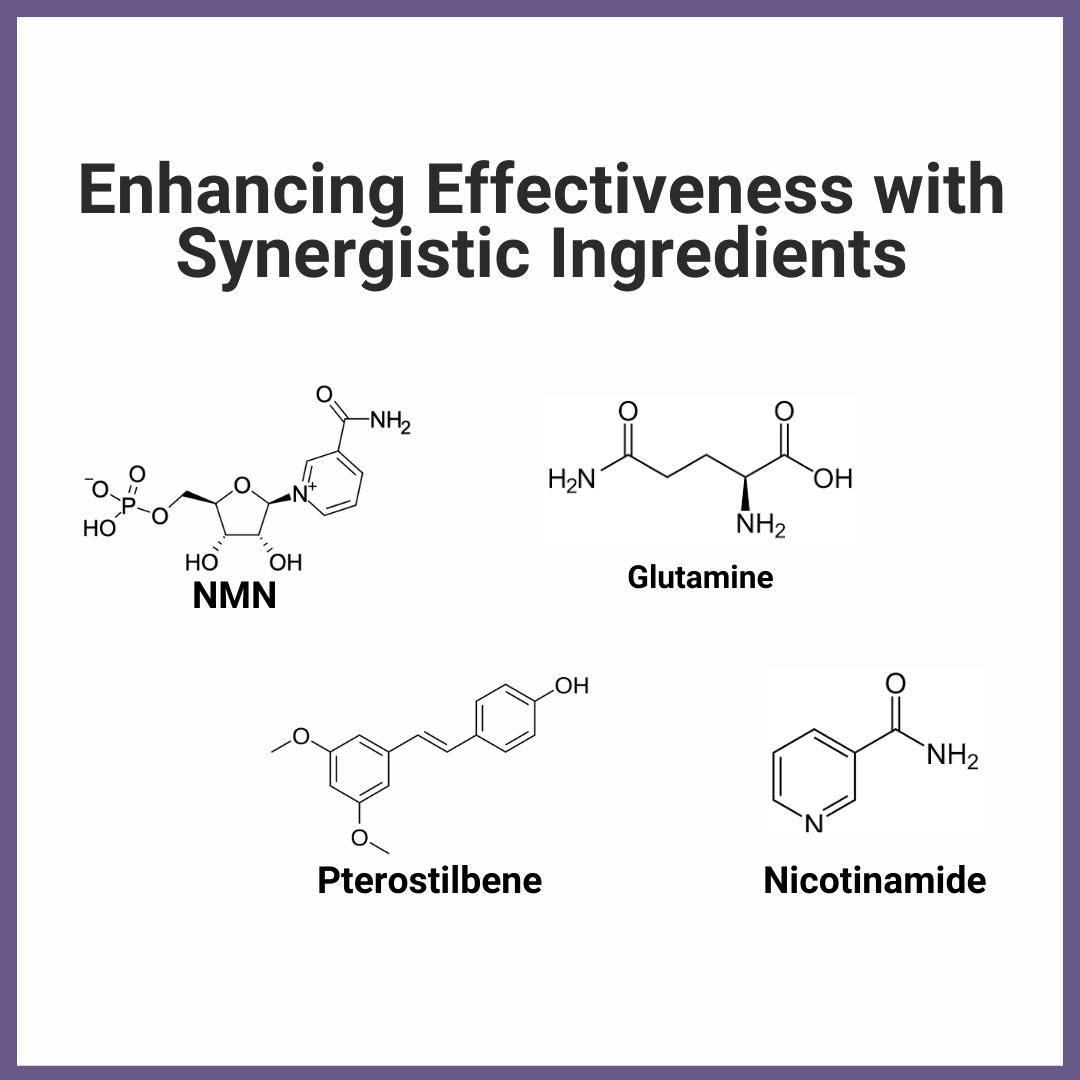
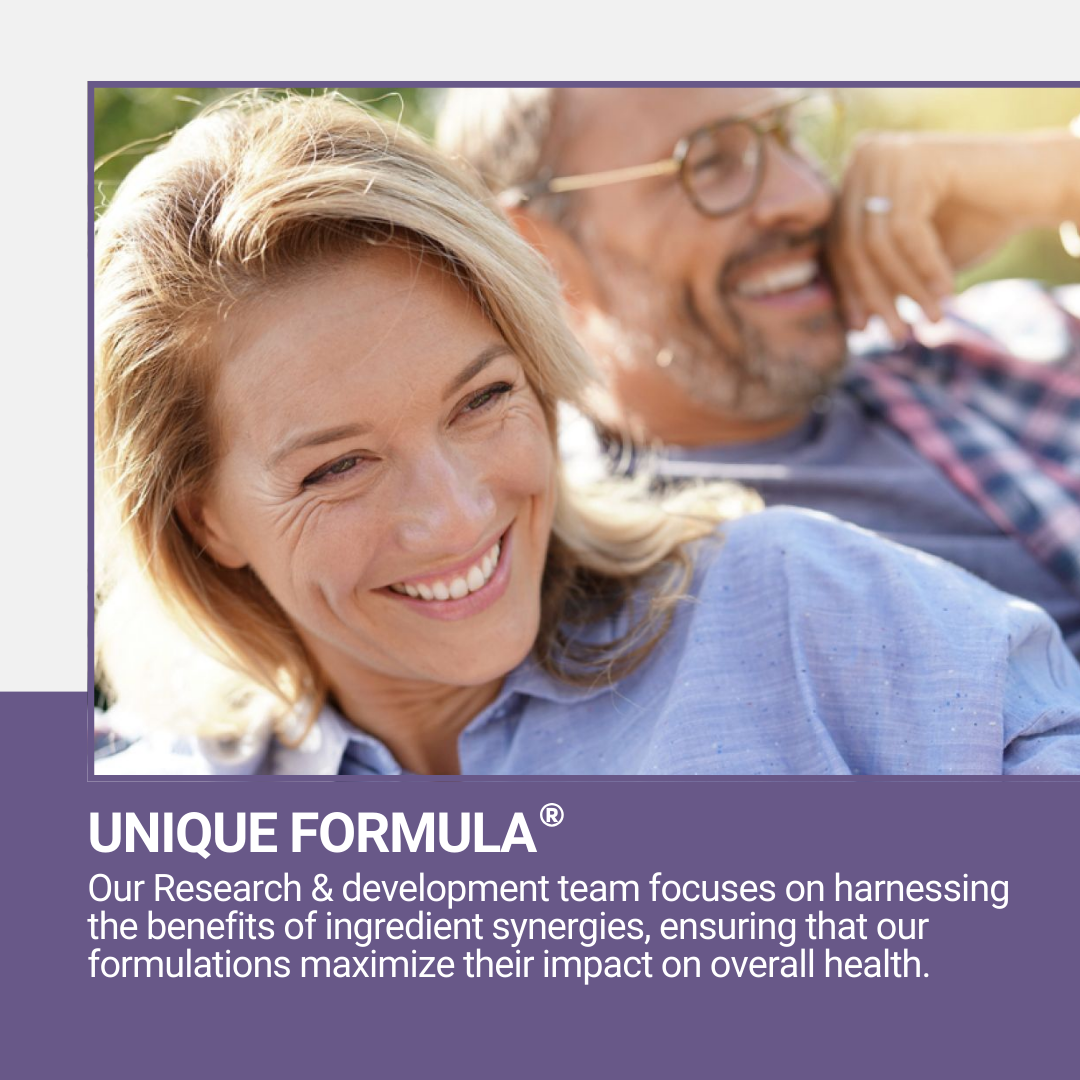

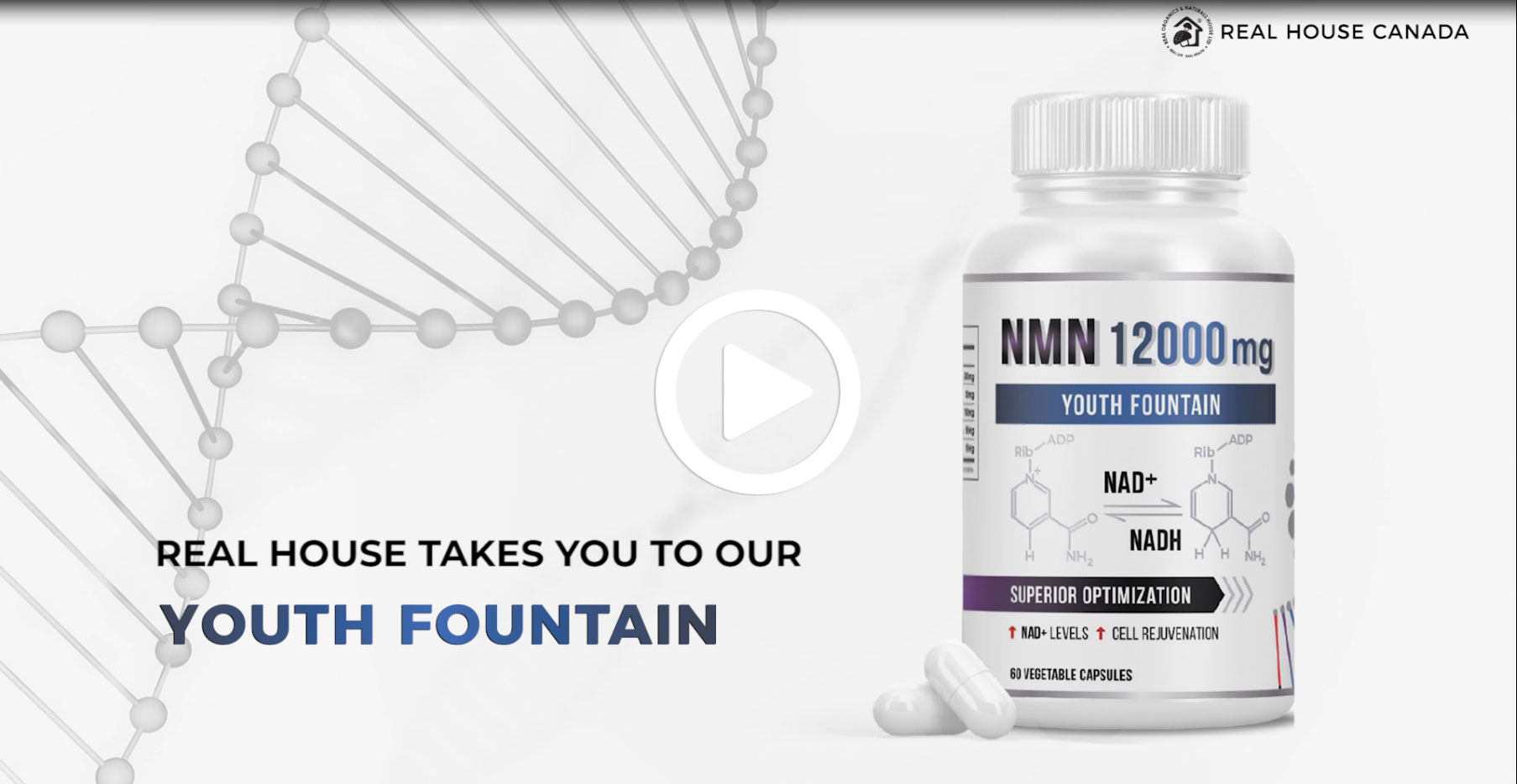
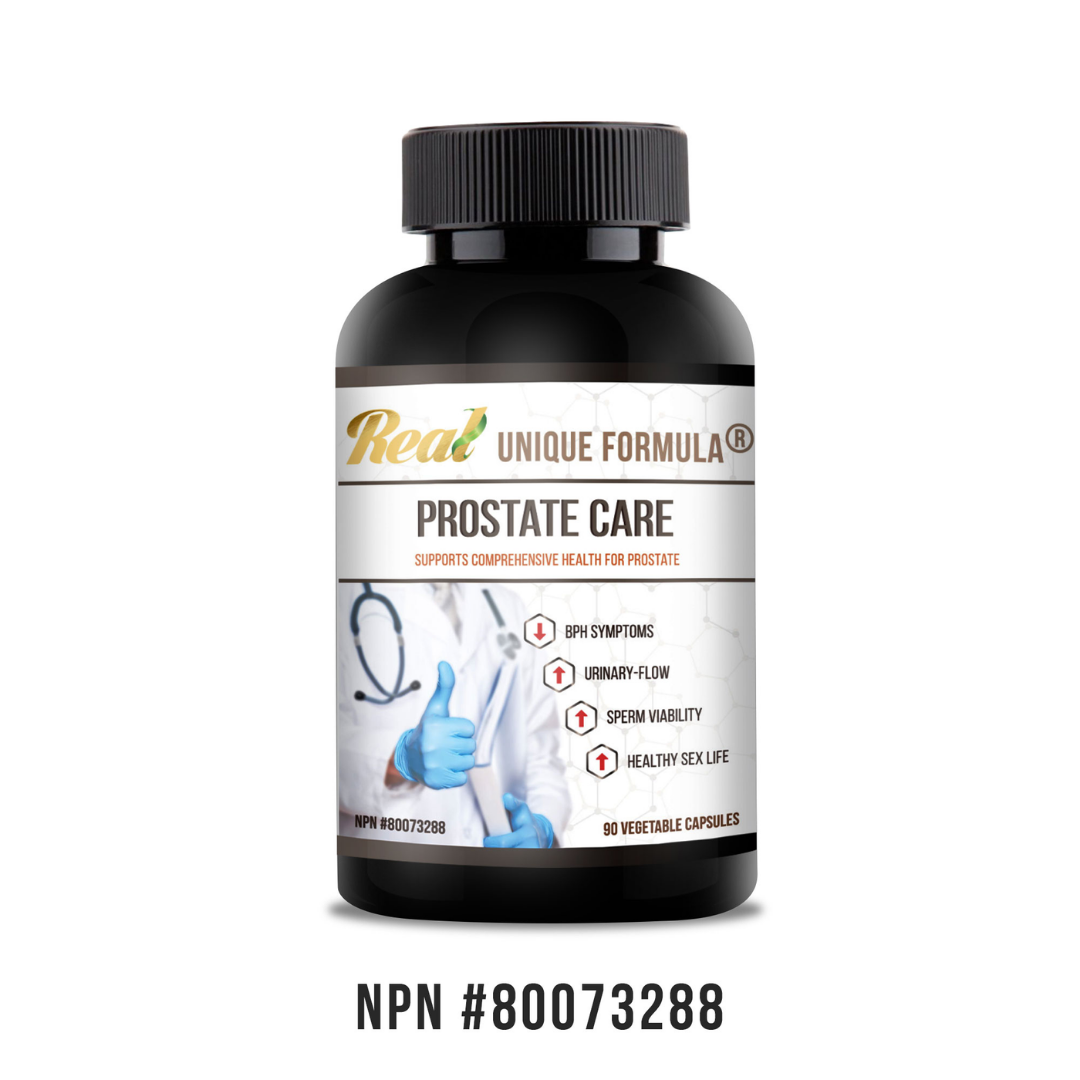
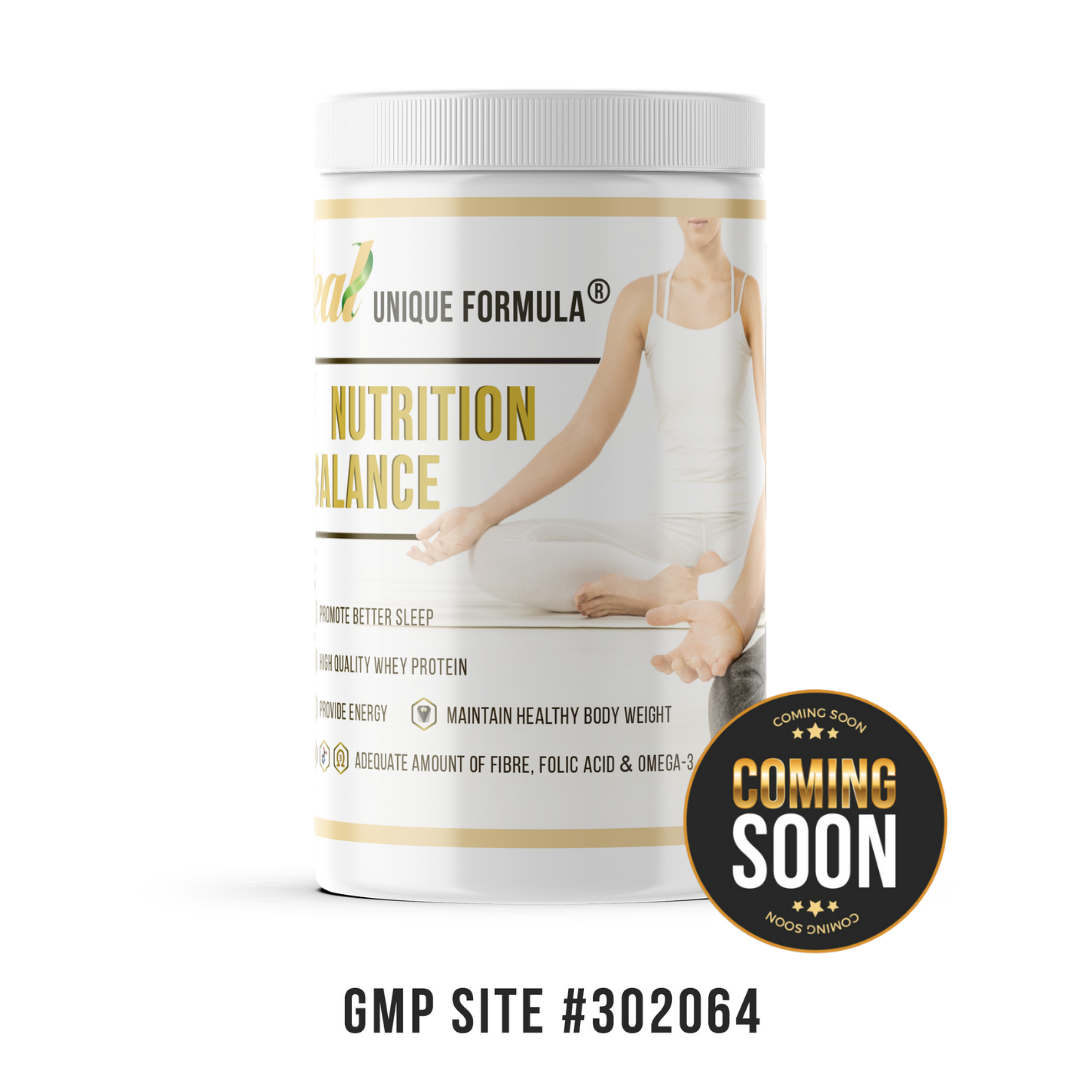






Reviews
There are no reviews yet.